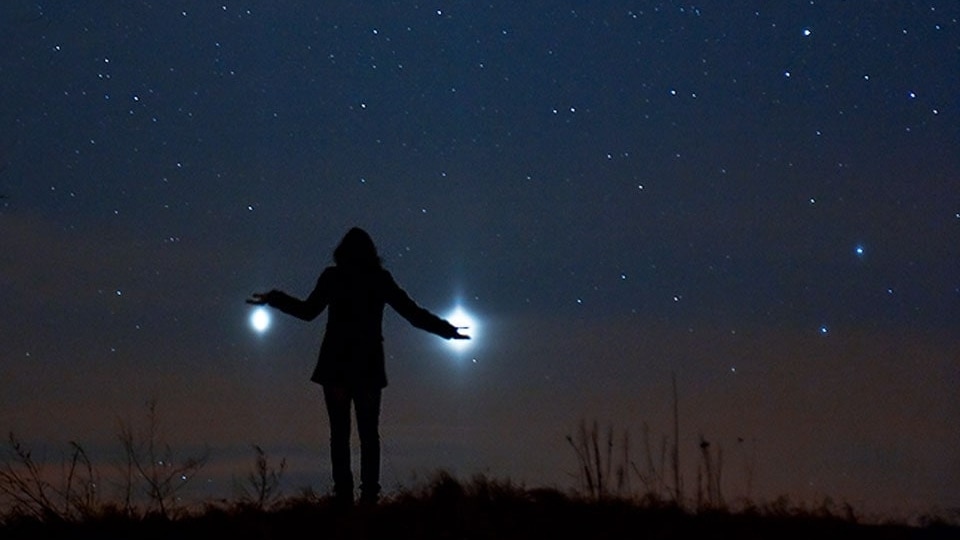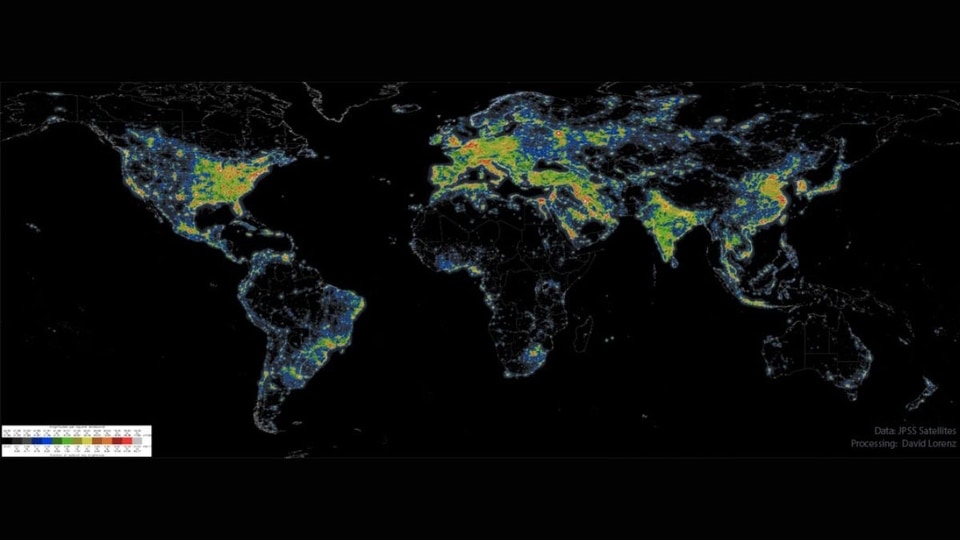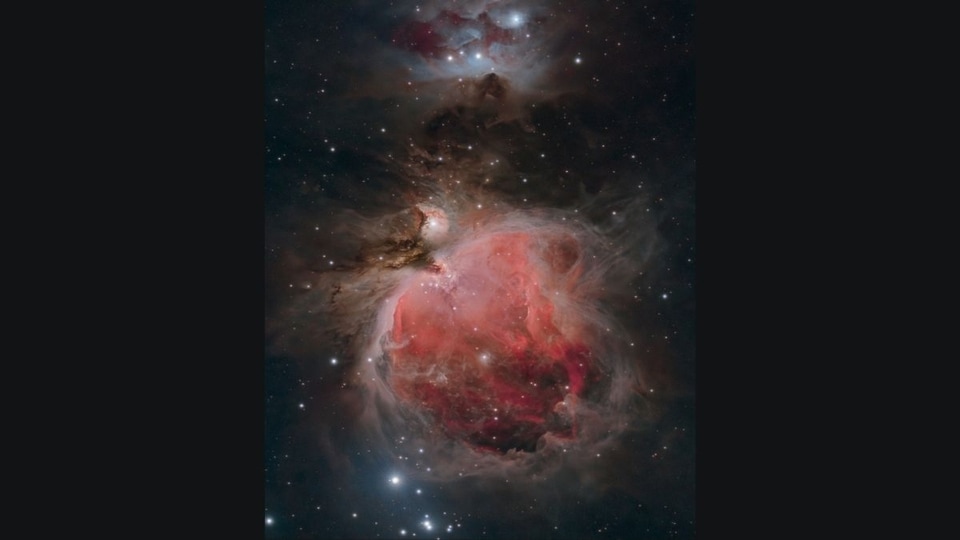Stunning! NASA James Webb Space Telescope snaps RARE sight of a DYING star
A rare sight of a Wolf-Rayet star has been captured by NASA's James Webb Space Telescope. Here is what the US Space agency explains.






 View all Images
View all ImagesNASA's James Webb Space Telescope is known for capturing amazing glimpses of the objects in space. Revealing one of the first observations made by the James Webb Telescope, NASA informed that the telescope captured the rare sight of a Wolf-Rayet star in the month of June 2022. "The rare sight of a Wolf-Rayet star – among the most luminous, most massive, and most briefly detectable stars known – was one of the first observations made by NASA's James Webb Space Telescope in June 2022. Webb shows the star, WR 124, in unprecedented detail with its powerful infrared instruments," the US space agency stated.
The star is 15,000 light-years away in the constellation Sagitta. NASA further explained, massive stars race through their life cycles, and only some of them go through a brief Wolf-Rayet phase before going supernova, making Webb's detailed observations of this rare phase valuable to astronomers.
NASA James Webb Space Telescope captures Wolf-Rayet star
Wolf-Rayet stars are in the process of casting off their outer layers, resulting in their characteristic halos of gas and dust. The star WR 124 is 30 times the mass of the Sun and has shed 10 Suns' worth of material – so far. As the ejected gas moves away from the star and cools, cosmic dust forms and glows in the infrared light detectable by Webb.
The origin of cosmic dust that can survive a supernova blast and contribute to the universe's overall 'dust budget' is of great interest to astronomers for multiple reasons. Dust is integral to the workings of the universe: It shelters forming stars, gathers together to help form planets, and serves as a platform for molecules to form and clump together – including the building blocks of life on Earth.
Despite the many essential roles that dust plays, there is still more dust in the universe than astronomers' current dust-formation theories can explain. The universe is operating with a dust budget surplus.
Webb opens up new possibilities for studying details in cosmic dust, which is best observed in infrared wavelengths of light. Webb's Near-Infrared Camera (NIRCam) balances the brightness of WR 124's stellar core and the knotty details in the fainter surrounding gas. The telescope's Mid-Infrared Instrument (MIRI) reveals the clumpy structure of the gas and dust nebula of the ejected material now surrounding the star, NASA explained.
Catch all the Latest Tech News, Mobile News, Laptop News, Gaming news, Wearables News , How To News, also keep up with us on Whatsapp channel,Twitter, Facebook, Google News, and Instagram. For our latest videos, subscribe to our YouTube channel.




























